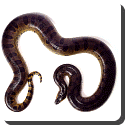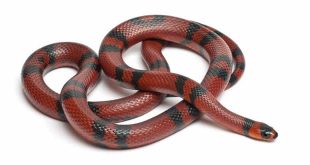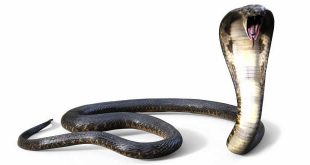 Anaconda — Anacondas are four species of aquatic boa inhabiting the swamps and rivers of the dense forests of tropical South America. The Yellow Anaconda can be found as far south as northern Argentina.
Anaconda — Anacondas are four species of aquatic boa inhabiting the swamps and rivers of the dense forests of tropical South America. The Yellow Anaconda can be found as far south as northern Argentina.
There are two possible origins for the word ‘anaconda.’ It is perhaps an alteration of the Sinhalese word henakandaya, meaning ’whip snake’, or alternatively, the Tamil word anaikondran, which means ’elephant killer’. It is unclear how the name originated so far from the snake’s native habitat; it is likely due to its vague similarity to the large Asian pythons. Local names for the anaconda in South America include the Spanish term matatoro, meaning ’bull killer’, and the Native American terms sucuri and yakumama. Anacondas as members of the boa family are sometimes called water boas. The Latin name for Anaconda is Eunectes (from the Greek meaning “good swimmer”).
There is some debate about the maximum size of anacondas, and there have been unverified claims of enormous snakes alleged to be as long as 30 to 45 m (98.4 to 147.6 ft). According to Lee Krystek, a 1944 petroleum expedition in Colombia claimed to have measured an 11.43 m (37.5 ft) specimen, but this claim is not regarded as reliable; perhaps a more credible report came from scientist Vincent Roth, who claimed to have shot and killed a 10.3 m (33.8 ft) specimen.
Recently an anaconda snake measuring over six meters and weighing nearly 200 kilos was captured in the backyard of an abandoned house in Parana, Brazil.
 Kids Portal For Parents India Kids Network
Kids Portal For Parents India Kids Network


